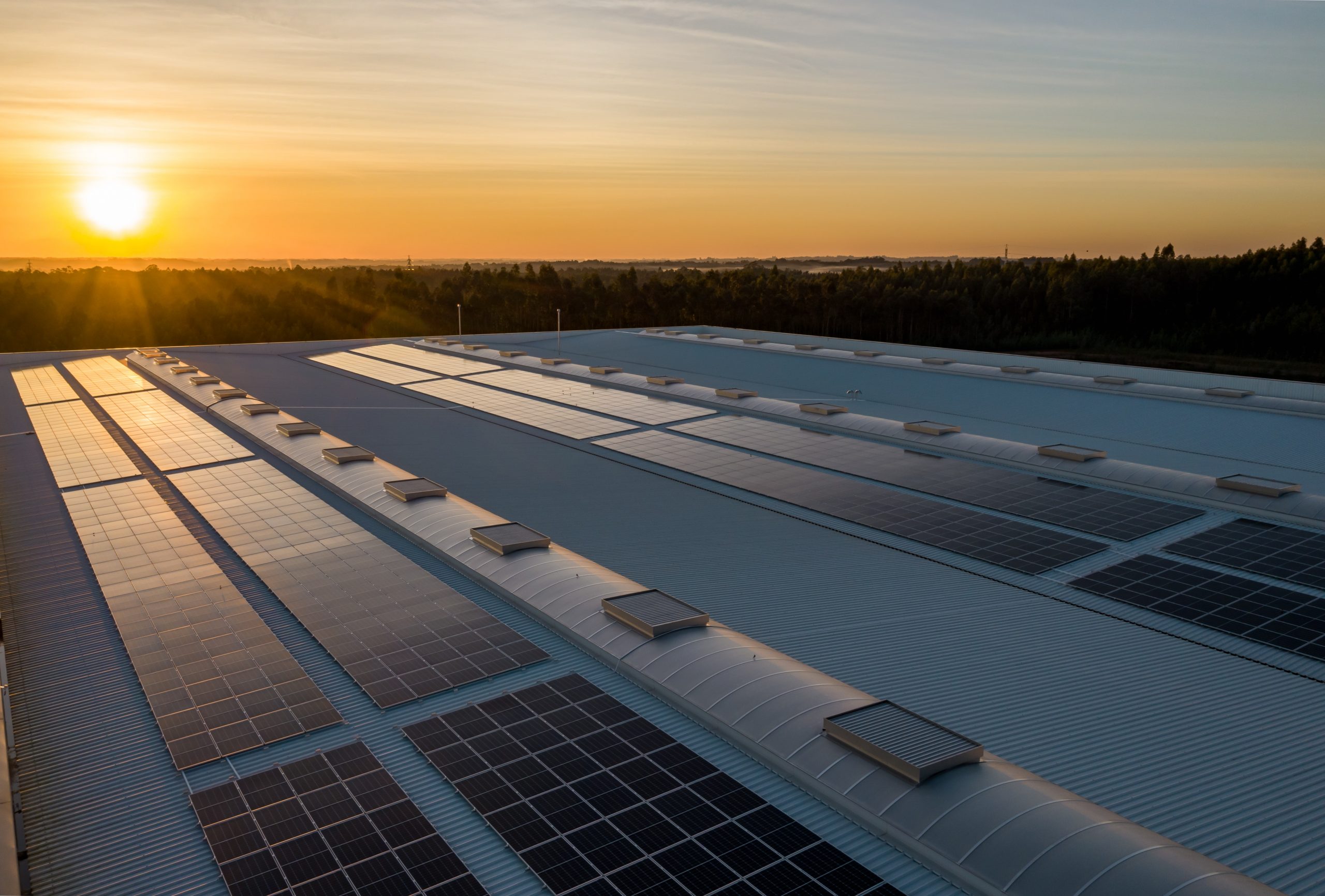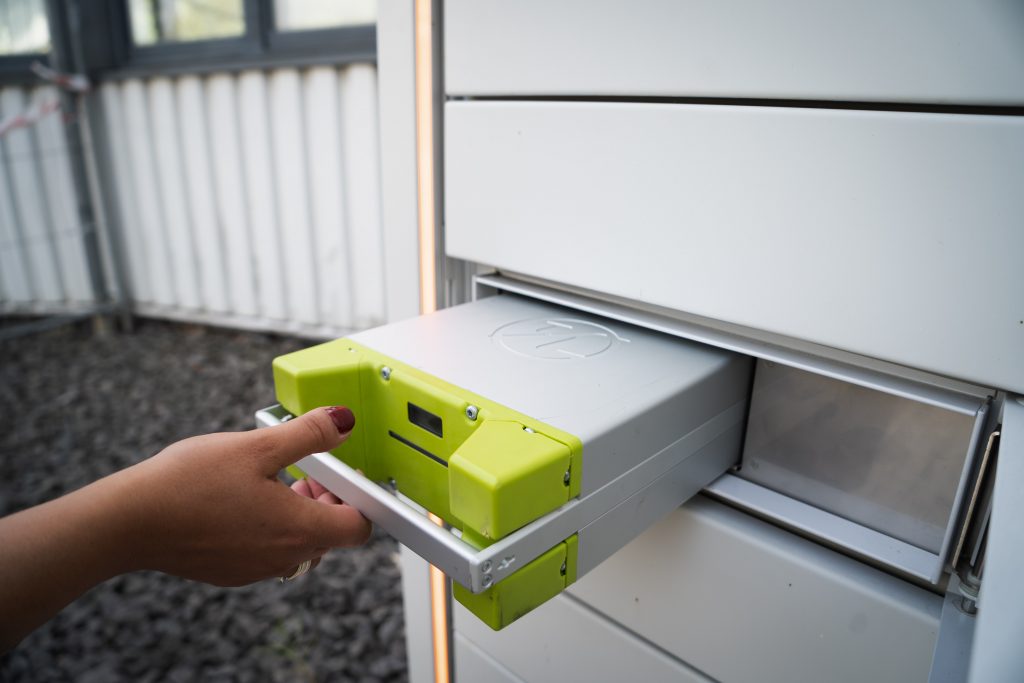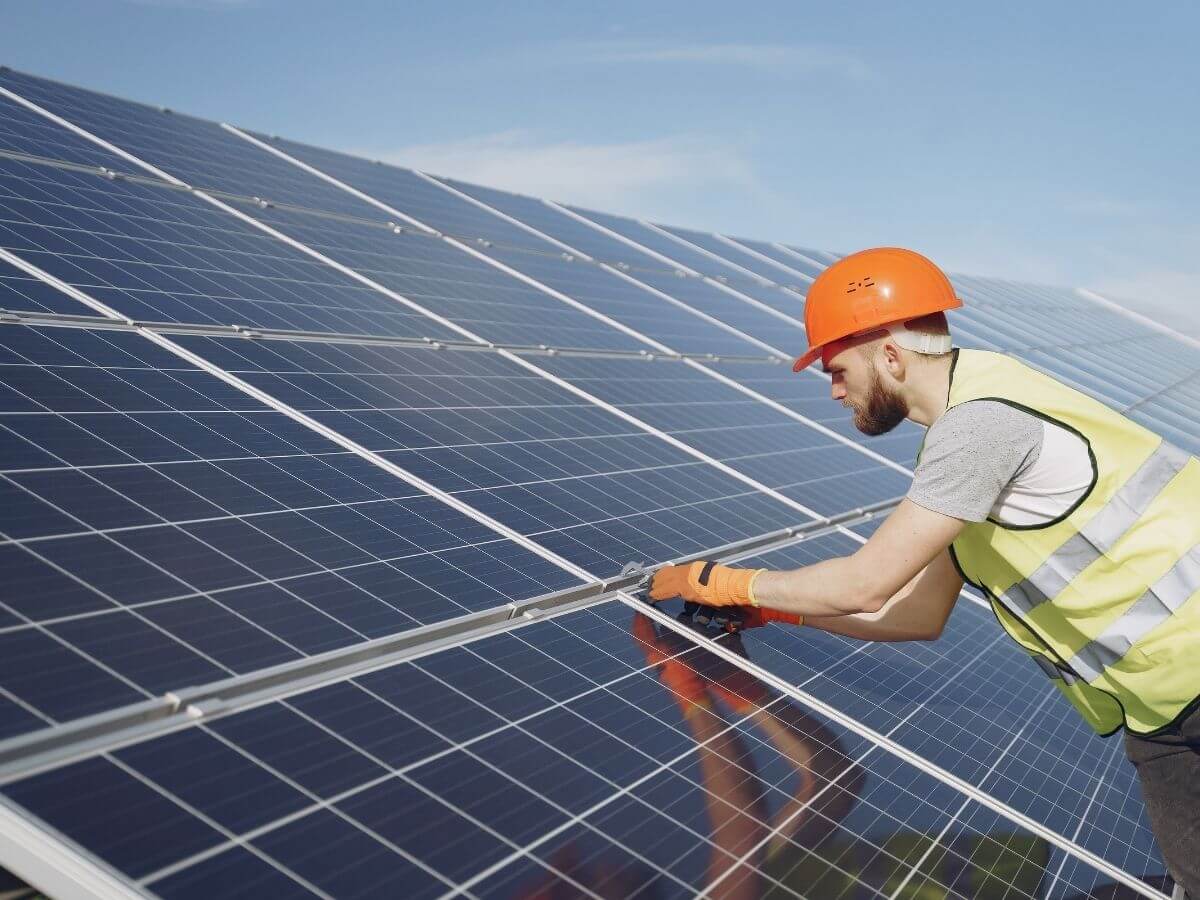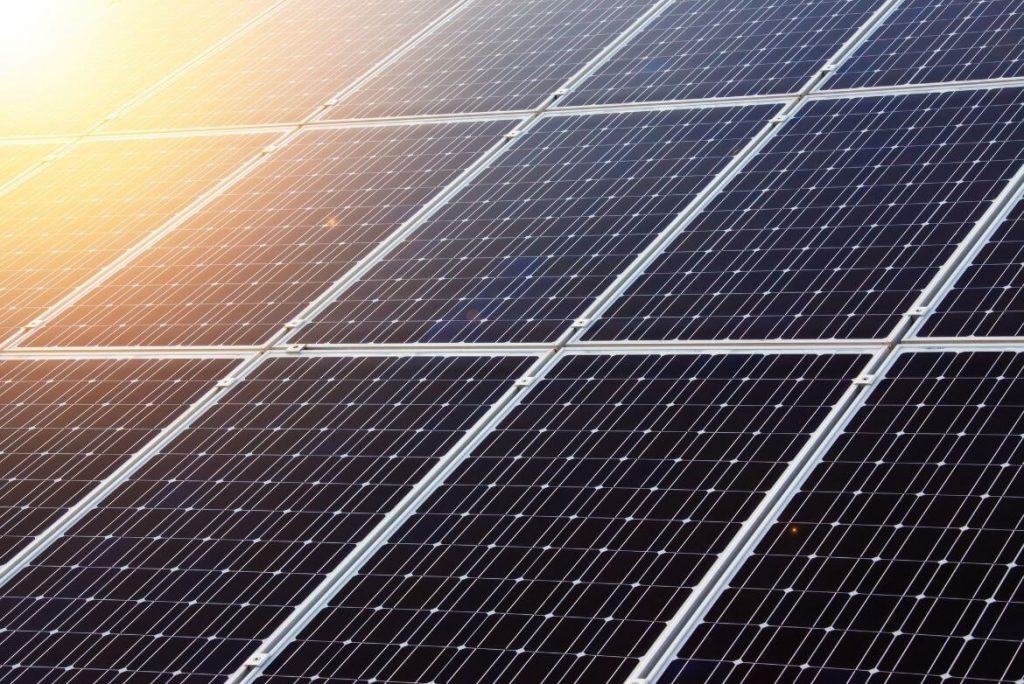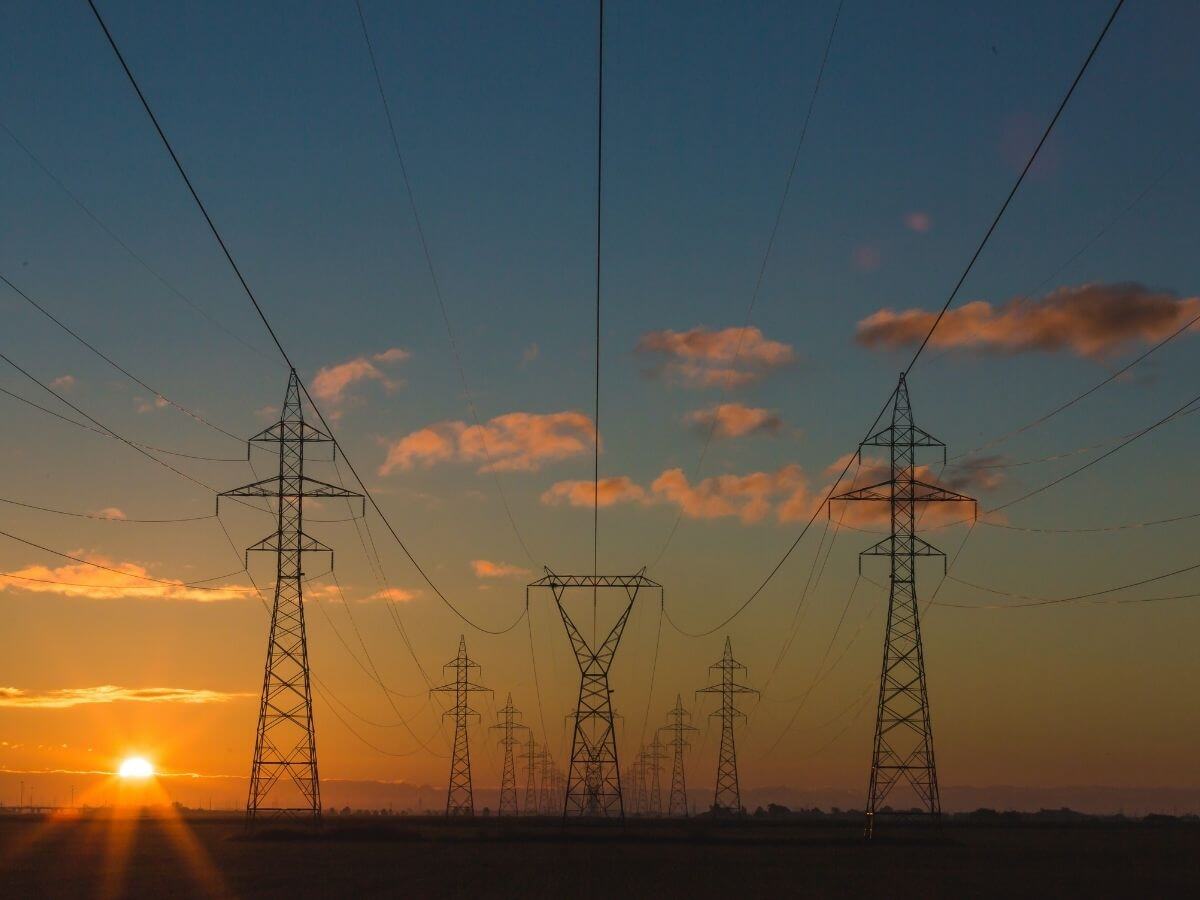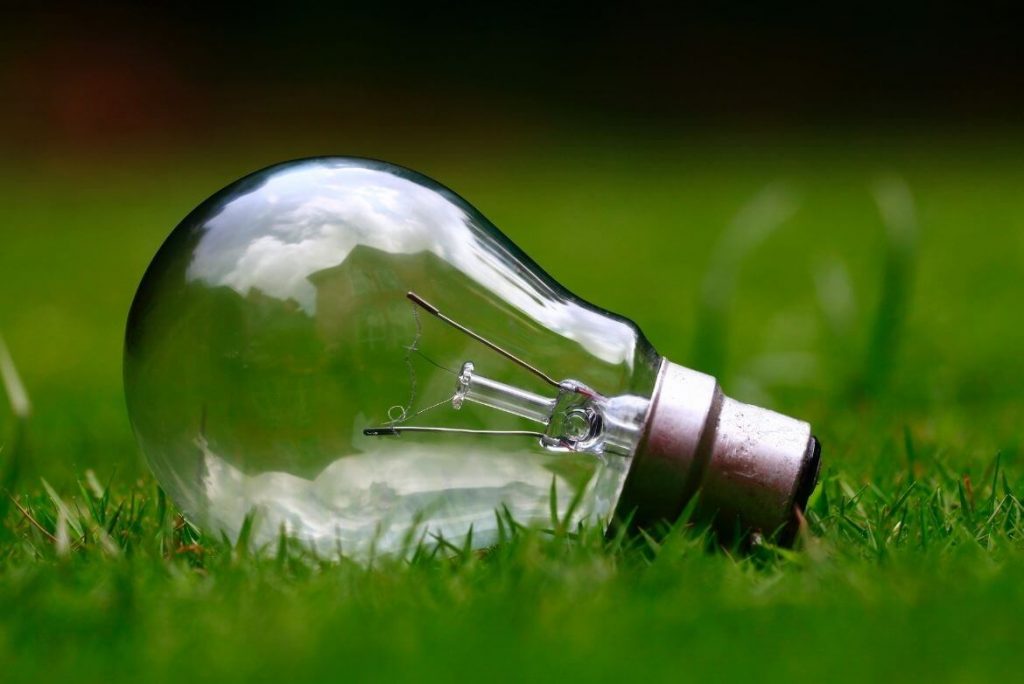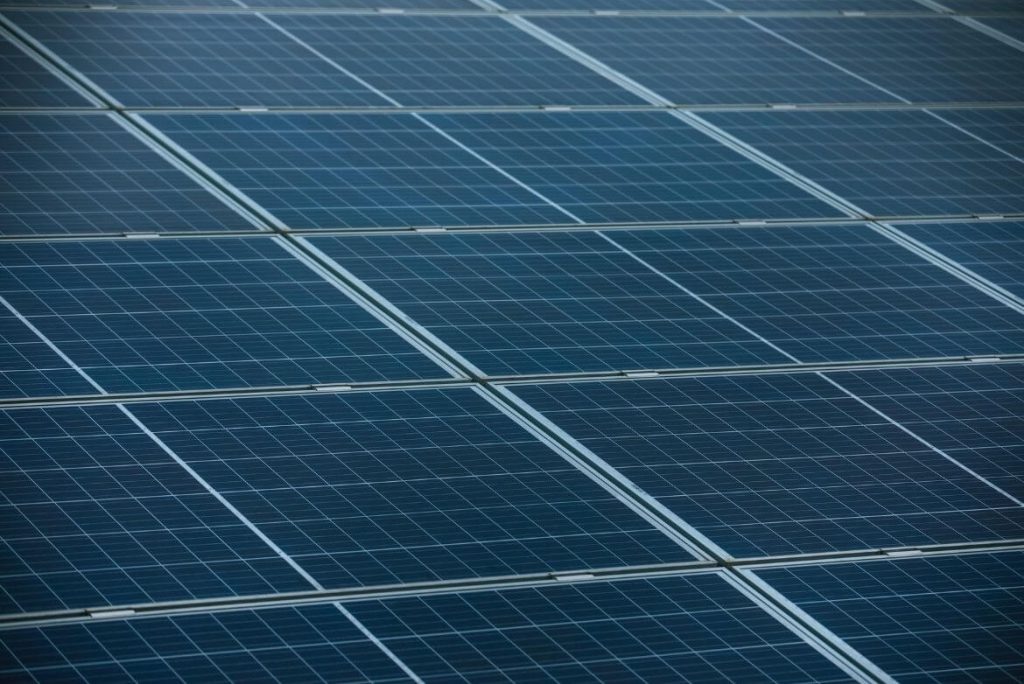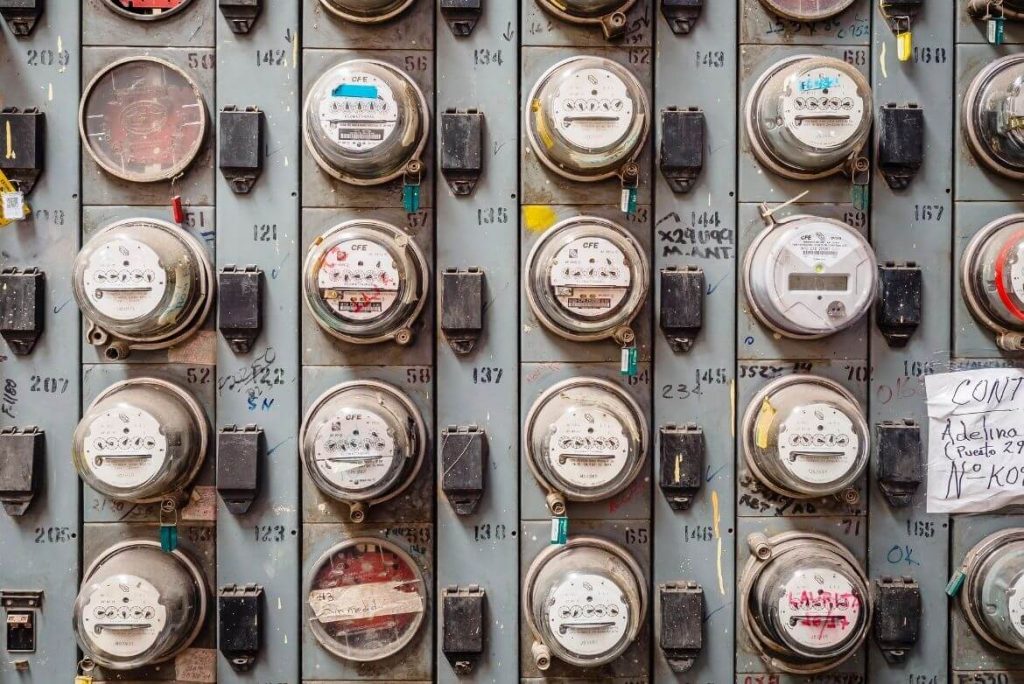In one of the previous articles we saw how many photovoltaic panels are needed for a house. It’s time to also analyze which are the best photovoltaic panels.
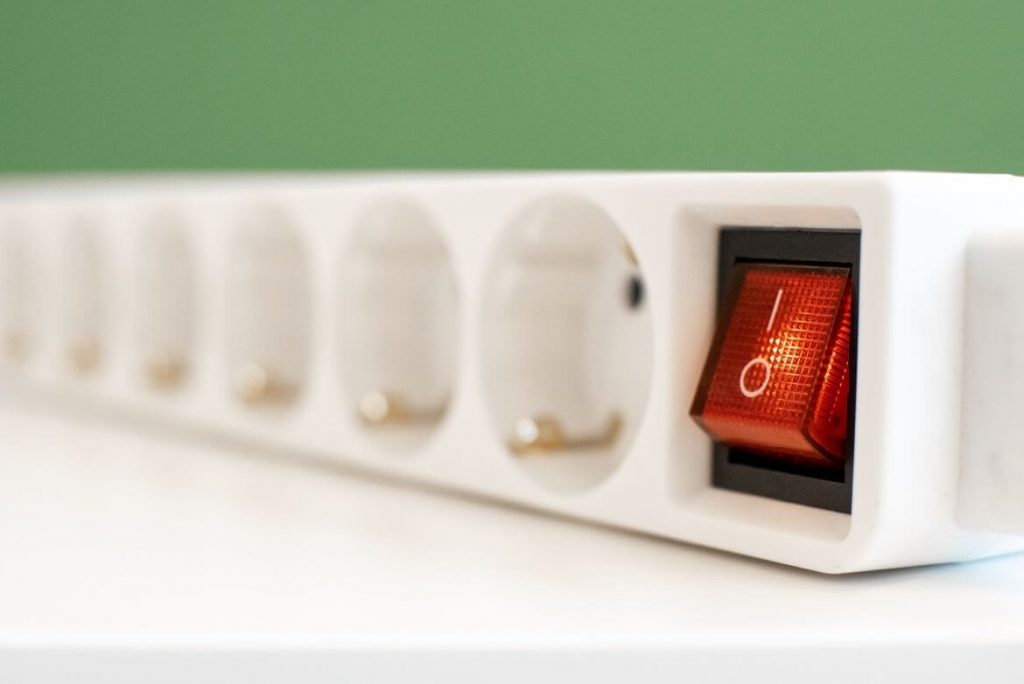
There are 3 types of panels designed to produce electricity:
- monocrystalline (sc-Si)
- polycrystalline (mc-Si)
- thin layer panels
- Monocrystalline Solar Panels (sc-Si)
Monocrystalline solar panels are considered the best photovoltaic panels, appreciated for their efficiency.
Manufactured using a single pure silicon crystal, these panels can convert between 15-20% of solar energy into electricity.
In addition to this remarkable efficiency, monocrystalline panels also have a very long lifespan of 25 years and can be easily maintained.
Being regarded as the best photovoltaic panels, their price is also higher compared to other types of panels.
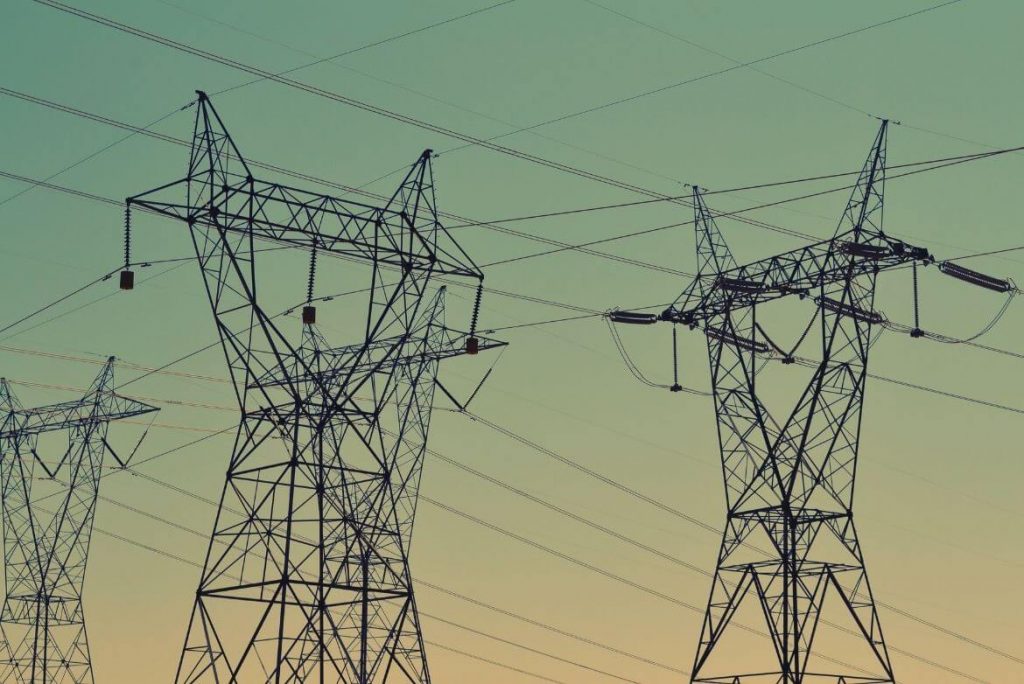
- Polycrystalline Solar Panels (mc-Si)
Unlike monocrystalline panels manufactured using a single pure silicon crystal, polycrystalline panels are made from leftover silicon.
Even though their lifespan is also about 25 years, these panels can only convert 13-16% of the captured sunlight into electricity. This explains their lower price compared to monocrystalline panels.
- Thin-Film Solar Panels
At the bottom of the photovoltaic panel ranking are the thin-film panels. The major advantage of these panels is that they are not dependent on the intensity of sunlight and are very easy to install.
The price of thin-film solar panels is relatively low because their conversion process is only about 6-12%, which is why they are not the most favored ones.
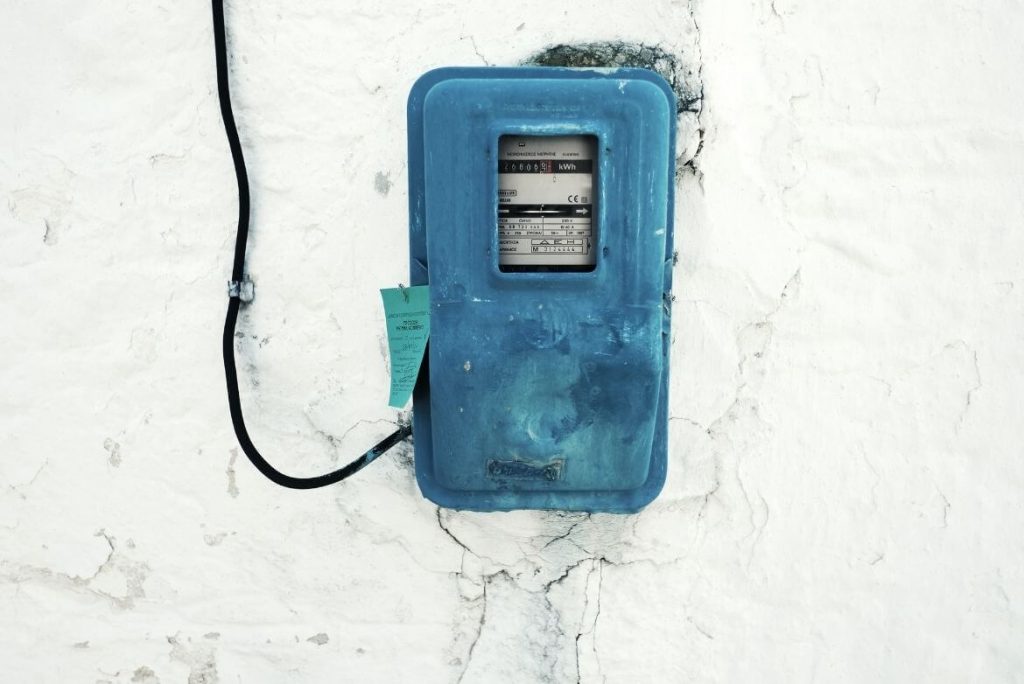
Installation and Maintenance
In order to achieve high efficiency from photovoltaic panels, their installation and maintenance should be carried out by a specialist in the field.
However, it’s not wrong to know some basic aspects:
- Photovoltaic panels should be installed with a tilt of 15 degrees, facing south. This will ensure the efficiency of the photovoltaic panels and facilitate the self-cleaning process.
- One of the most important maintenance procedures is filling with solar antifreeze. It is crucial to have a specialist take care of this, as the antifreeze regulates circuit pressure and ensures the proper functioning of the system.
Photovoltaic panels: The price for a house
The price of photovoltaic panels for a house is the last step before you decide to invest in such a system. I left this topic at the end of the article, because it is more important to know first which are the best photovoltaic panels.

Unfortunately, we cannot determine an exact cost as it varies from household to household and depends on each customer’s needs.
A cheap photovoltaic panel system can start from €1000 per 1 KW installed. It is highly likely that such a system may not guarantee very high efficiency, and the quality of the equipment may be relatively low. On the other hand, a complete and high-performance system can reach up to €1600 per 1 KW installed.

Conclusion
Now you know what the best photovoltaic panels are and have a clearer picture of the types of these systems.
We know it can be daunting to search for all the necessary information, but if you are interested in installing such a system, we encourage you to contact us with any questions you may have.
